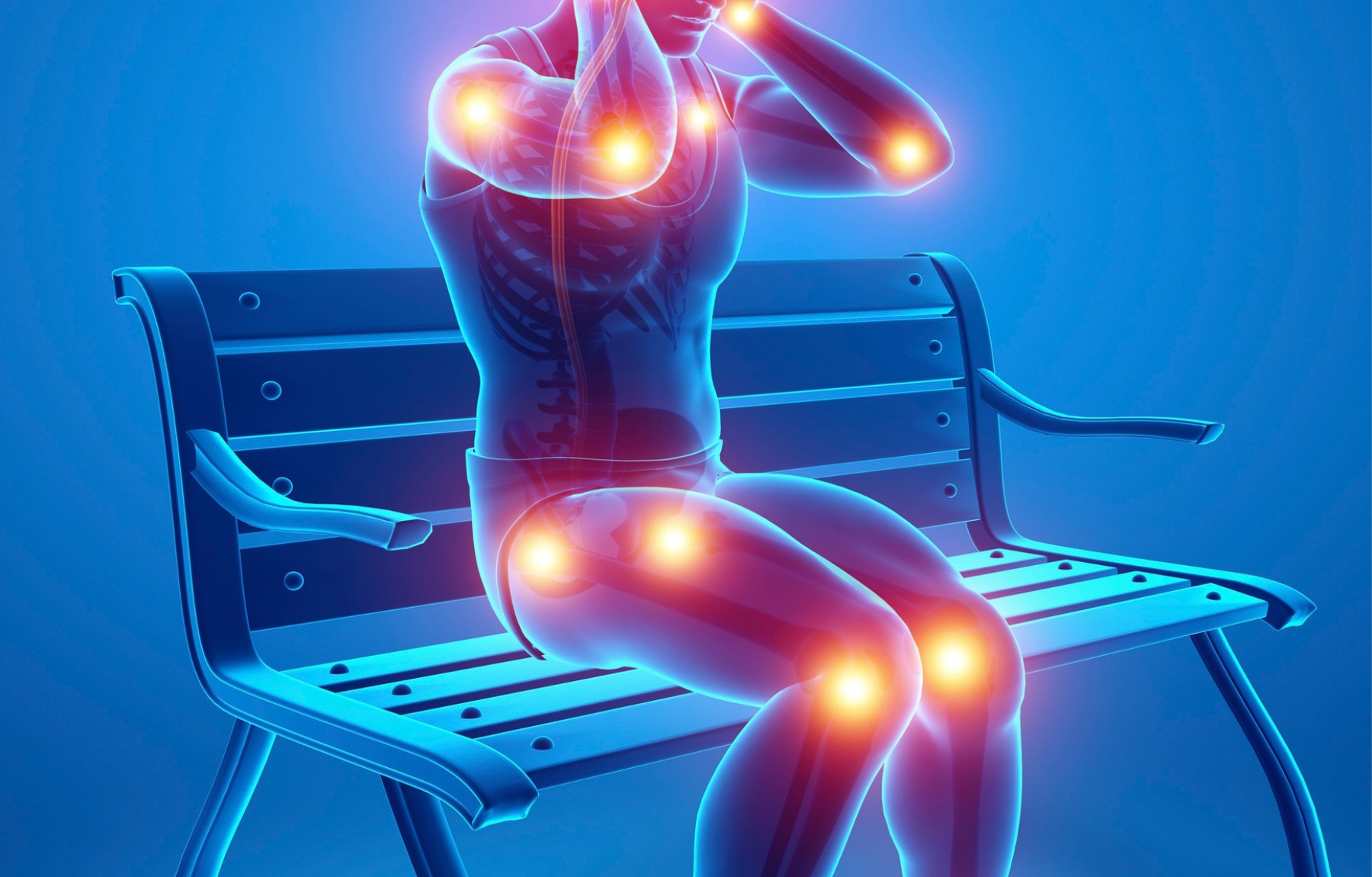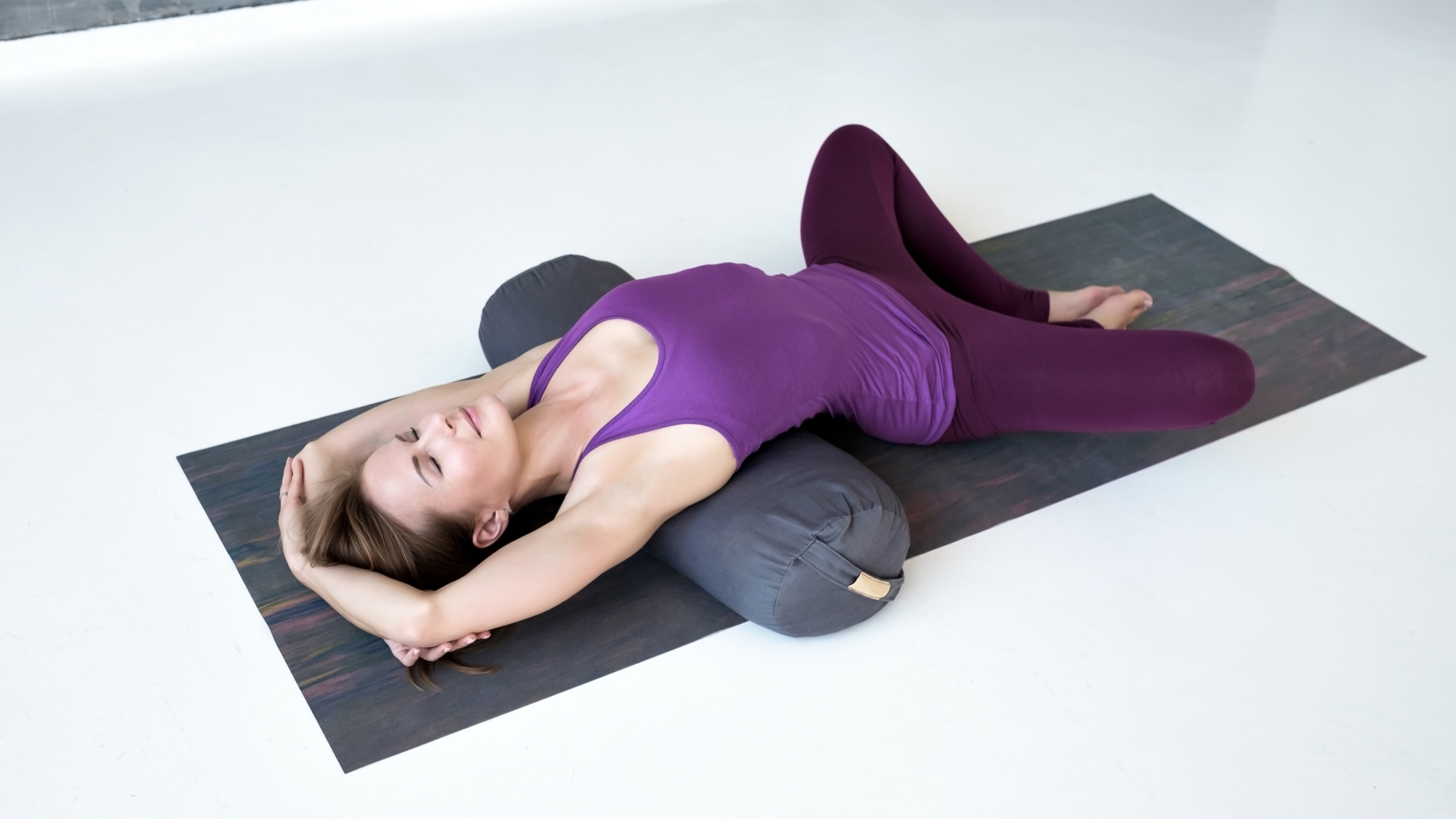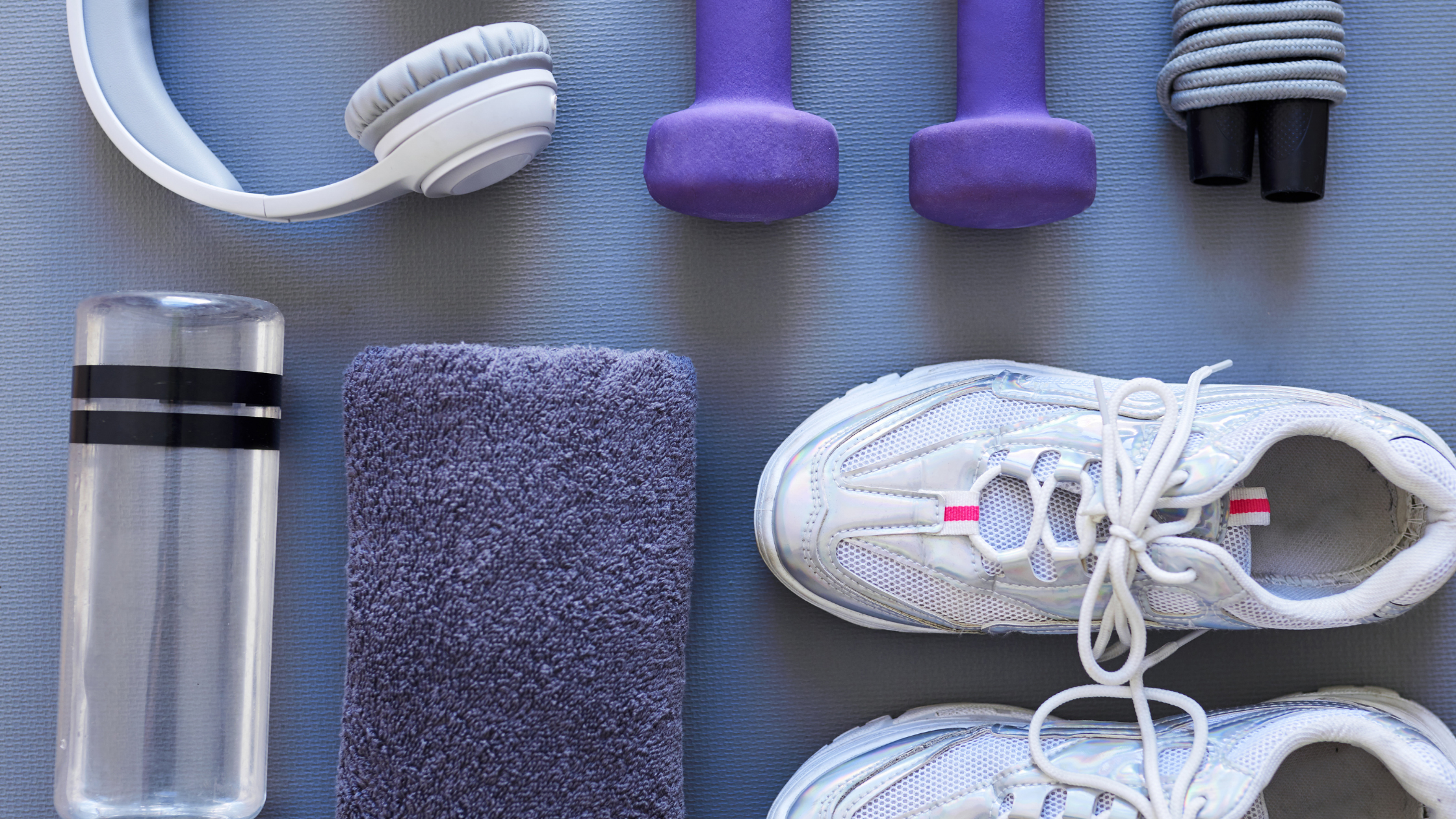Yoga for Arthritis: How to Ease Your Pain and Sooth Your Mood
Written by TYE Medical on Sep 17th 2021
If you suffer from arthritis pain, you don’t have to put the brakes on all exercise. Practicing yoga for arthritis can even reduce joint pain, improving your physical wellbeing, and giving your mental health a boost.
But how is that possible? Wouldn’t all the pretzel-like poses set your joints on fire with pain?
Not according to experts.
Other types of strength training like bodyweight workouts and weightlifting put pressure and strain on your joints. But yoga has many variations and can be as joint-friendly as you need it to be.
Here’s the lowdown on how yoga can relieve pain and tips for getting started.
Why Yoga for Arthritis Eases Pain

Yoga is a unique and ancient type of exercise with more than one focus. It can improve your physical health in these key areas:
- Flexibility
- Alignment
- Posture
- Strength
- Endurance
- Balance
- Breathing
- Relaxation
While you can enjoy all these benefits, it’s the flexibility and strength aspects that primarily bring relief for people with arthritis. Rather than settling into a sedentary lifestyle, health professionals recommend daily activity to prevent increased pain, disability, depression, and declining health.
So, how can yoga help?
When you strengthen supporting muscles around your joints, it can increase stability and reduce irritation that leads to inflammation. And if it’s a degenerative condition (think spinal column) that’s causing nerve pain like sciatica, gentle yoga poses could bring relief.
Yoga for arthritis can also help your brain shift away from the stress response that often comes with chronic pain. The deep breathing and mental focus move you into a relaxation response instead, changing the way you interpret pain.
What Type of Yoga Should You Try?

If you’re experiencing pain, it’s best to start with less intense yoga that requires little to no joint stress. The following types of yoga tend to avoid standing poses and focus more on stretching and slow movements. It’s an excellent place to get started, teaching you breathing techniques, proper posture, and how to stretch key muscles without aggravating your arthritis.
When choosing a yoga style, consider options that include words like:
- Beginner
- Gentle
- Restorative
- Therapeutic
- Adaptive
- Accessible
- For seniors
When you’re ready, you can try a form of yoga that allows you to use props for challenging poses, “adapting” them to your level. This helps you build tolerance and increase your range of motion. It’s called Iyengar yoga, and although it’s slow-moving, you can increase intensity as you gain strength.
3 Key Tips for Starting a Yoga Routine
As with any new exercise routine, it’s best to be prepared, especially if you have a health condition like arthritis. Before picking a start date for your new practice, follow these simple steps to ensure a safe outcome that gets the results you’re seeking.
1. Talk with Your Doctor
You’ll want to avoid aggravating arthritis flares and talking with your primary care doctor or rheumatologist can help you do that. Ask if there are any positions or movements you should avoid or limit, especially when your arthritis pain kicks up. Be sure you are cleared for activity and ask for any additional advice they might have.
If you have a rheumatologist, they can help you determine whether the pain you feel in the following days after a yoga workout is natural or damaging. Some soreness can be a normal byproduct of exercise, but the key is knowing when you’re causing more problems.
2. Find the Right Instructor
Not just any instructor will do if you need yoga for arthritis pain. You’ll want someone experienced with gentle yoga styles and who understands the relationship between exercise and arthritis.
If you’re having difficulty identifying the appropriate instructor, you can try searching IAYT, the International Association of Yoga Therapists. The professionals listed are knowledgeable about gentle yoga and its applications.
Generally, it’s best to take formal yoga classes rather than going it alone with at-home workout apps . This is especially true if you are new to yoga and experiencing chronic pain. You can also call local yoga studios and ask about trainers with experience working with arthritis patients. In either case, be sure to discuss your condition and symptoms with your instructor.
As you gain experience and learn your tolerance, you can also switch to home yoga apps like Down Dog .
3. Gradually Increase Intensity
Start with yoga poses that are non-weight-bearing to minimize joint stress. In time, you can progress to partial-weight-bearing poses and then eventually incorporate full-weight-bearing poses into your yoga for arthritis routine. This is the best recipe for success and the most effective way to increase your strength and reduce pain.
Expect to see some pain relief after a month of regular practices when performed at least three to five times weekly.
But be sure to respect your physical limitations. If you overdo it or progress too quickly, you could aggravate an arthritis flare or be discouraged by the additional pain. It’s best to work with your body and let your joints and muscles adapt to the new activity before stepping up to the next level.
Practicing Yoga for Arthritis When You Have Stress Incontinence
Even if you’re ready to start practicing yoga for arthritis pain relief, you might feel hesitant if you also struggle with bladder leaks. Yes, exercising with stress incontinence can be challenging and even discouraging. Check out our article, Exercising with Stress Incontinence: How to Beat the Leaks! for additional tips.
You can combat light-to-heavy incontinence even during exercise when you use our premium, cost-effective products like Ultra-Thin Pads and Protective Underwear. The leakage barrier leg cuffs and super absorbent gel core will keep you dry regardless of what position you find yourself in.



